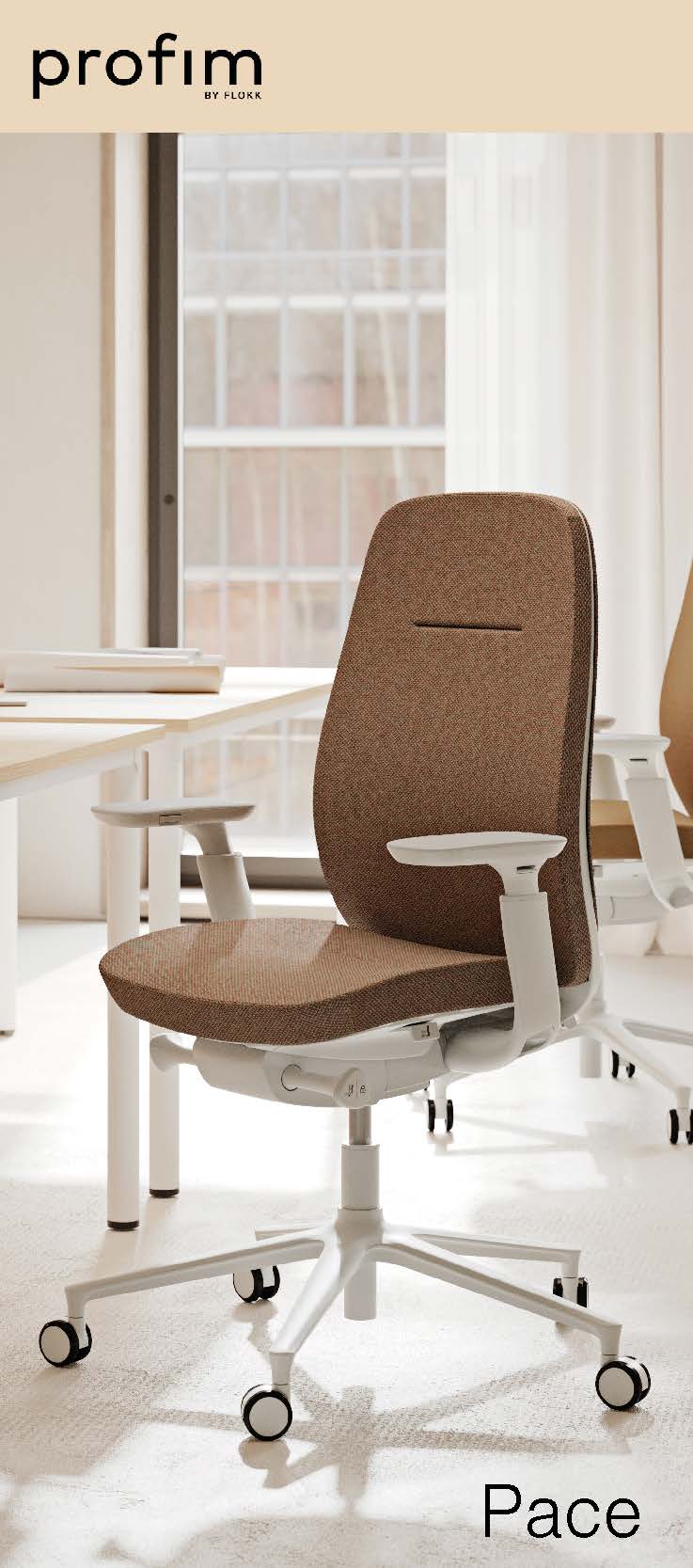March 6, 2015
Best performing office buildings included in the annual BREEAM awards
 A Grade A listed building at London’s King’s Cross; a former industrial warehouse complex in London’s Clerkenwell and an office building off Paris’ Champs-Elysées were among the award winners for best performing buildings assessed under sustainable buildings standard BREEAM. Over 50 green projects from across Europe were shortlisted with eight awards going to UK-based projects and four others shared equally between France and Norway. Winner of ‘offices new construction’ is One Pancras Square, a Grade A office building based at the gateway to the King’s Cross development. ‘Offices in use’ winner Washington Plaza is a 47,097 sq.m office building, at 42 rue Washington 75008 Paris. ‘Offices refurbishment and fit-out’ winner Morelands sits at the junction of Old Street and Goswell in London’s Clerkenwell area and comprises a cluster of warehouse buildings built around a U-shaped courtyard.
A Grade A listed building at London’s King’s Cross; a former industrial warehouse complex in London’s Clerkenwell and an office building off Paris’ Champs-Elysées were among the award winners for best performing buildings assessed under sustainable buildings standard BREEAM. Over 50 green projects from across Europe were shortlisted with eight awards going to UK-based projects and four others shared equally between France and Norway. Winner of ‘offices new construction’ is One Pancras Square, a Grade A office building based at the gateway to the King’s Cross development. ‘Offices in use’ winner Washington Plaza is a 47,097 sq.m office building, at 42 rue Washington 75008 Paris. ‘Offices refurbishment and fit-out’ winner Morelands sits at the junction of Old Street and Goswell in London’s Clerkenwell area and comprises a cluster of warehouse buildings built around a U-shaped courtyard.























March 5, 2015
The financial services sector leads the way in how we think about office design
by Charles Marks • Comment, Facilities management, Workplace design
(more…)